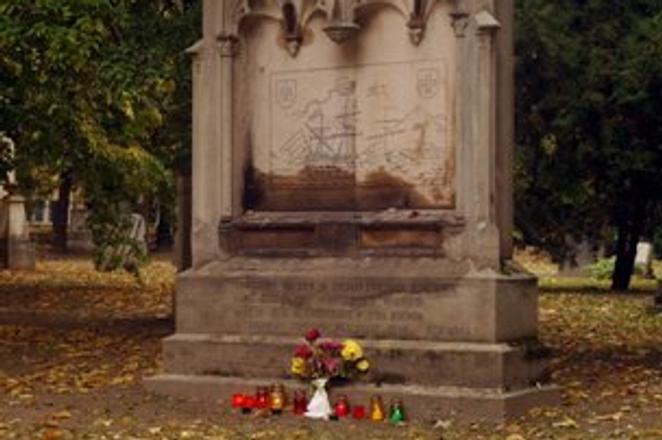Slovak firsts, the country’s natural rarities and its most interesting human achievements are all summed up in a new book, Rekordy Slovenska / Records of Slovakia. “It is a great work. It maps record phenomena from nature, society, human beings, and the history of settlements. These are all checked and proven facts, so our country has much to be proud of,” the book’s editor, Daniel Kollár of the Dajama publishing house, told the TASR newswire.
His words were backed up by the fact that dozens of experts, led by Kliment Ondrejka, participated in creating the work.
Readers can learn things they would otherwise find it hard to discover: for example, which animal moves its wings the fastest; which one is the most poisonous; that the Eurasian beaver is the biggest rodent in Europe; or that the fastest bird, the Common swift (Apus apus), can fly at 300 kilometres per hour. Slovakia’s contribution to world geology is the discovery of 19 minerals.
The book mentions the oldest findings proving human settlement, expressions of art, stone instruments, fortifications and activities. The oldest comb in Europe, dating back to 4000 BC, was found in the Domica Cave. The oldest wall in central Europe was built in around 1,600 BC in the Myšia hôrka settlement. The word slovenski was first recorded in a Latin text (1270 AD); and the oldest document showing the execution of a witch is from Štítnik (1506). The first beauty contest in Great Hungary took part in Trstín (in 1837; it was called “The Queen of Roses”); and the Slovak anthem was first publicly sung in March 1844.
The first census was ordered by Joseph II and it took from November 1, 1784, to summer 1785 to complete it. At that time there were 6,467,829 people in Great Hungary.
The first Slovak Robinson Crusoe, who survived a year on a desert island, was Karol Jetting, shipwrecked during a voyage to Senegal in 1760. The most generous citizen is named as Peter Lessay, who is recorded as donating blood and blood plasma without any remuneration 826 times. The discoverer of Tokai wine was a preacher, teacher, historian and poet, Laczkó Szepsi (1576-1633).
The book mentions the Slovak inventors of a chess machine, dynamo, helicopter, combustion turbine, parachute, electrophonic guitar and also the first expert on mineral waters; also the person who first crossed the Polar Circle, the most important rose-grower, as well as the fact that Vojtech Bílik was the first Slovak scientist after whom a chemical reaction was named.



 The grave of Karol Jetting in Bratislava (source: TASR)
The grave of Karol Jetting in Bratislava (source: TASR)